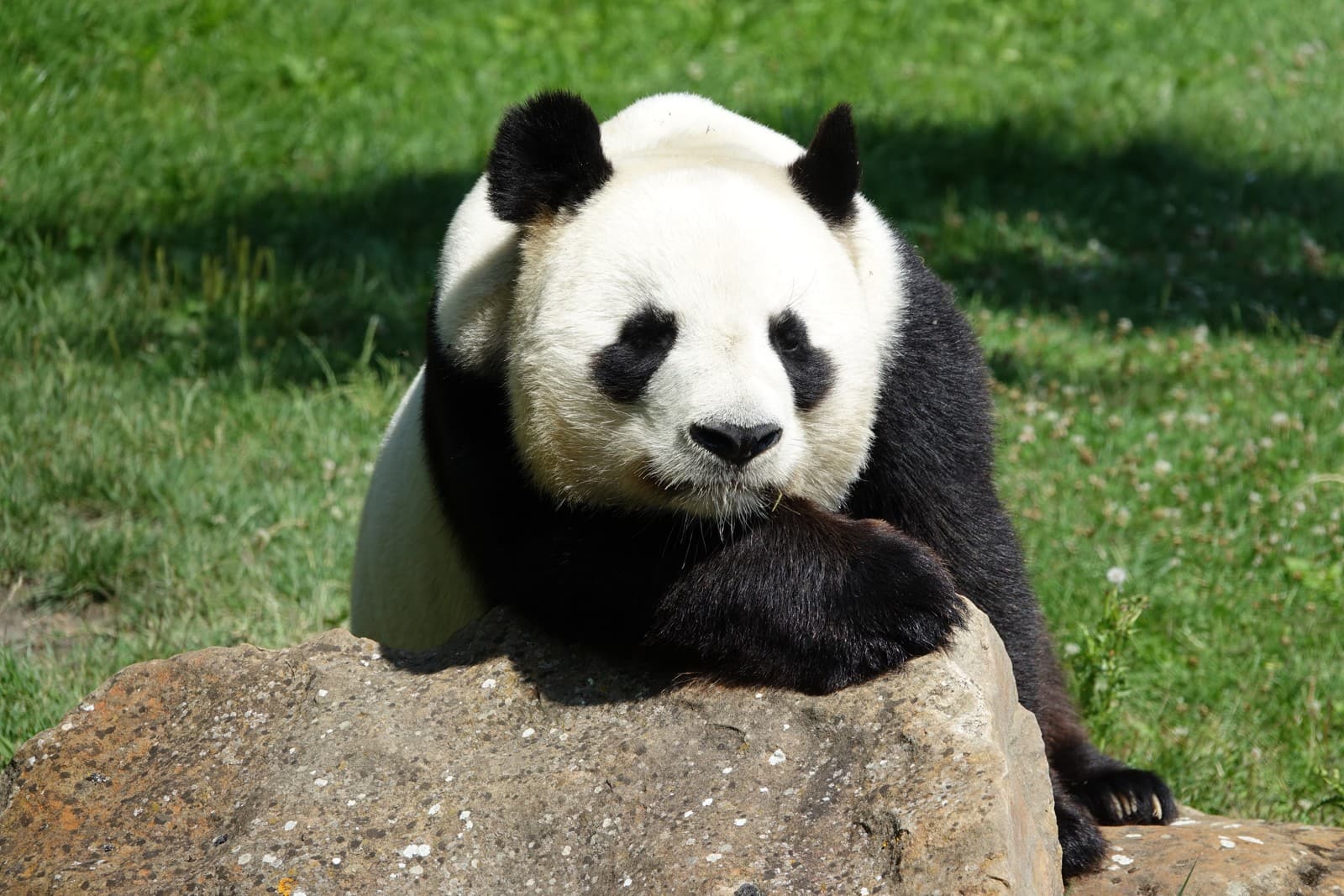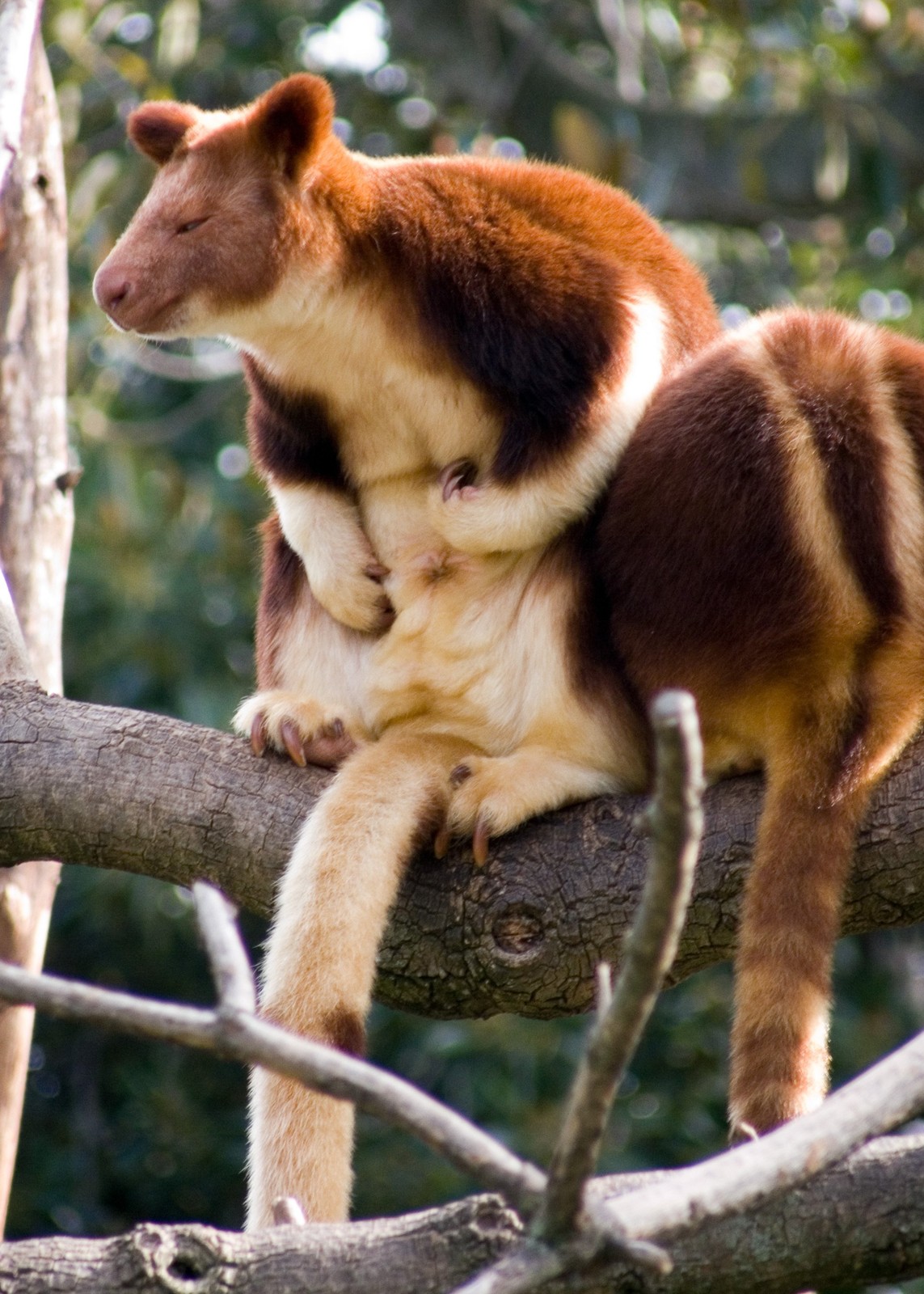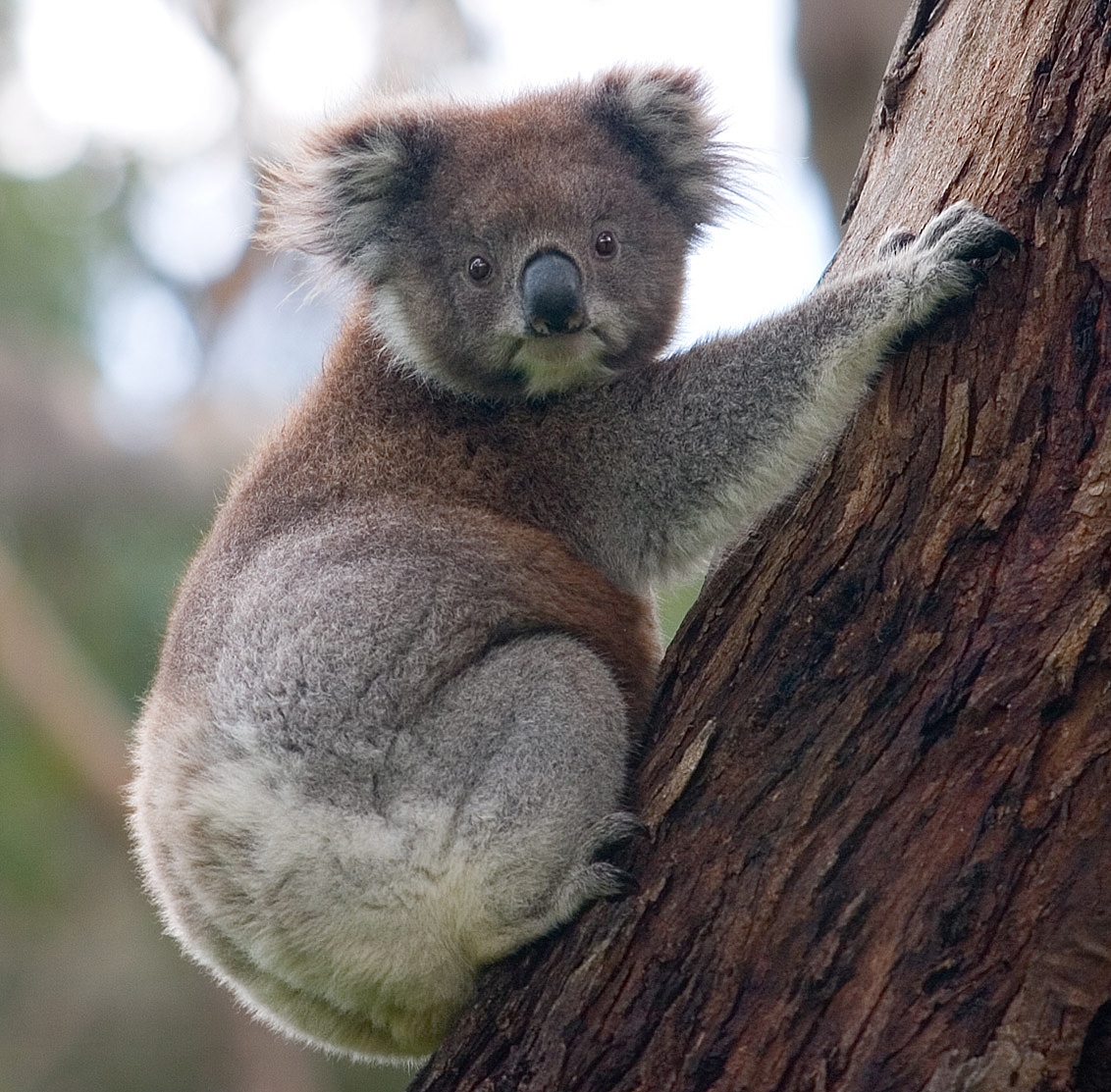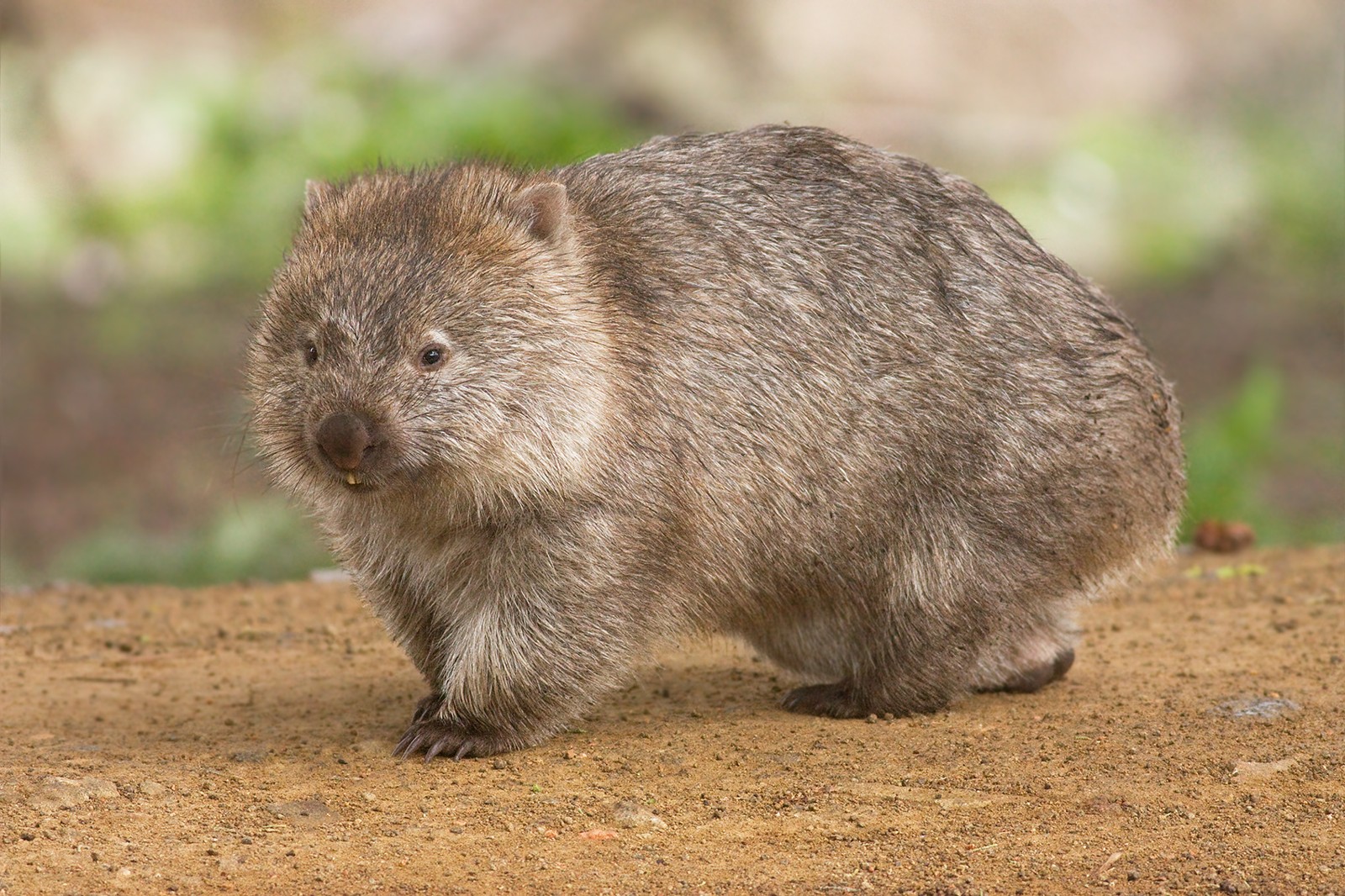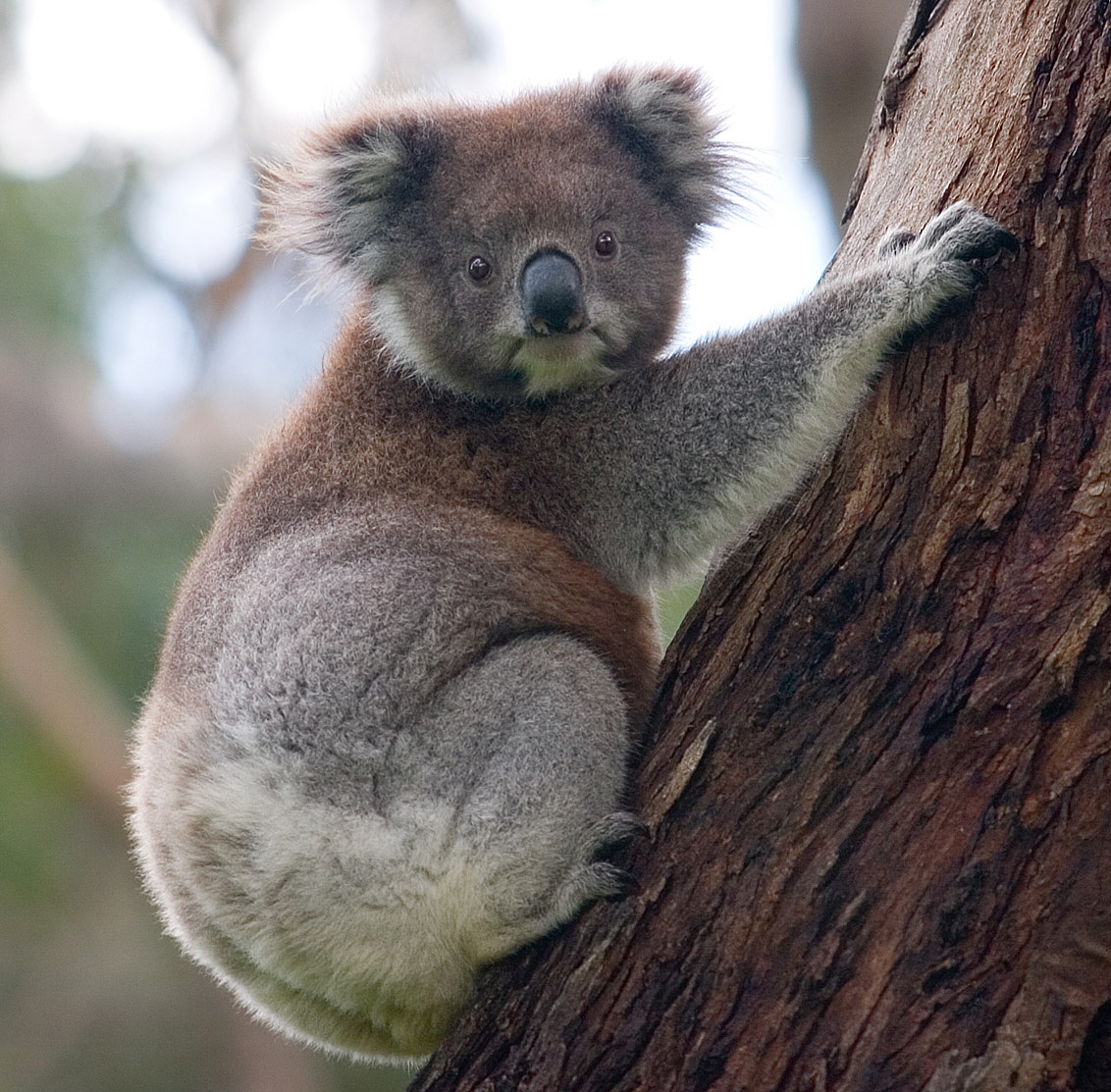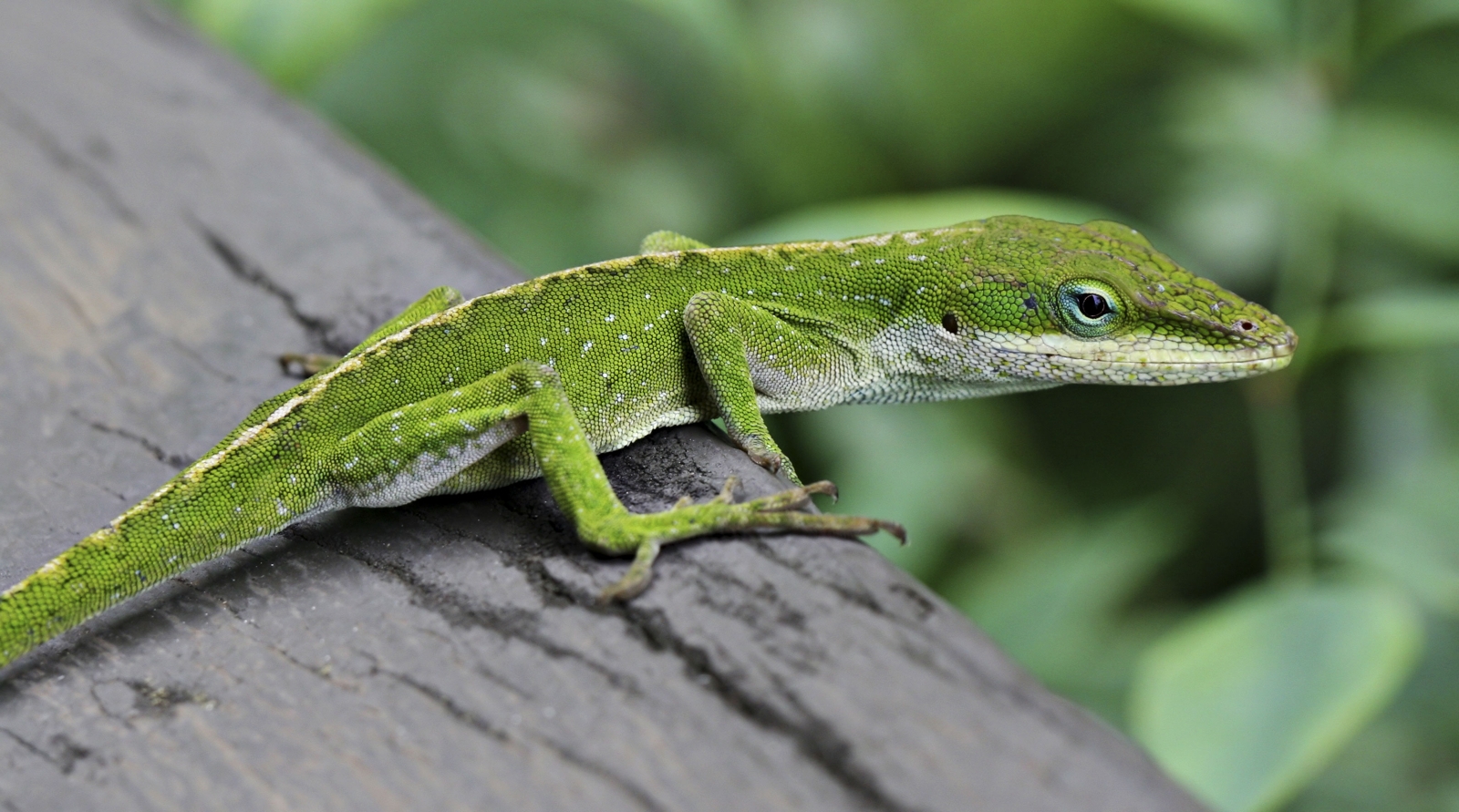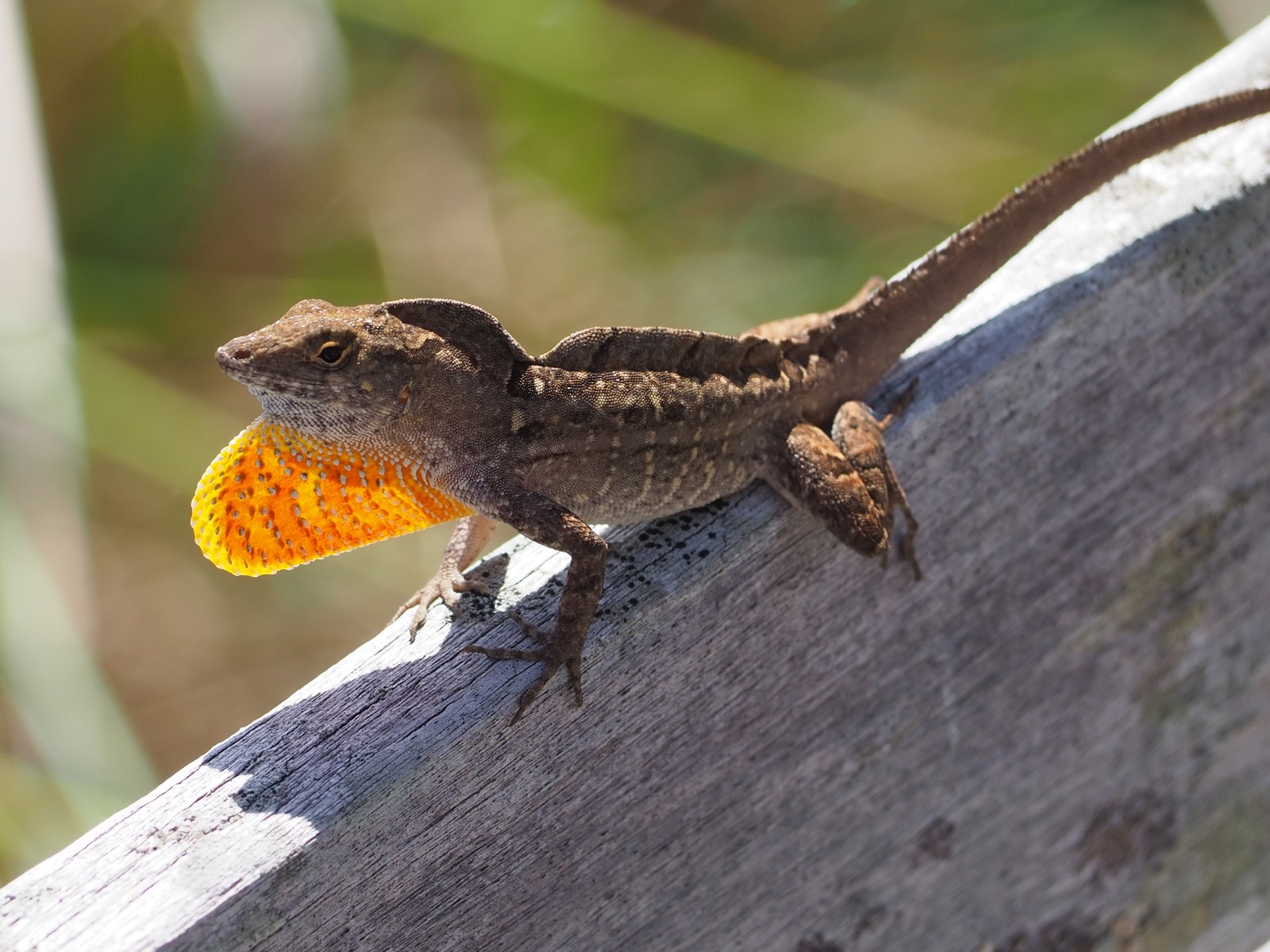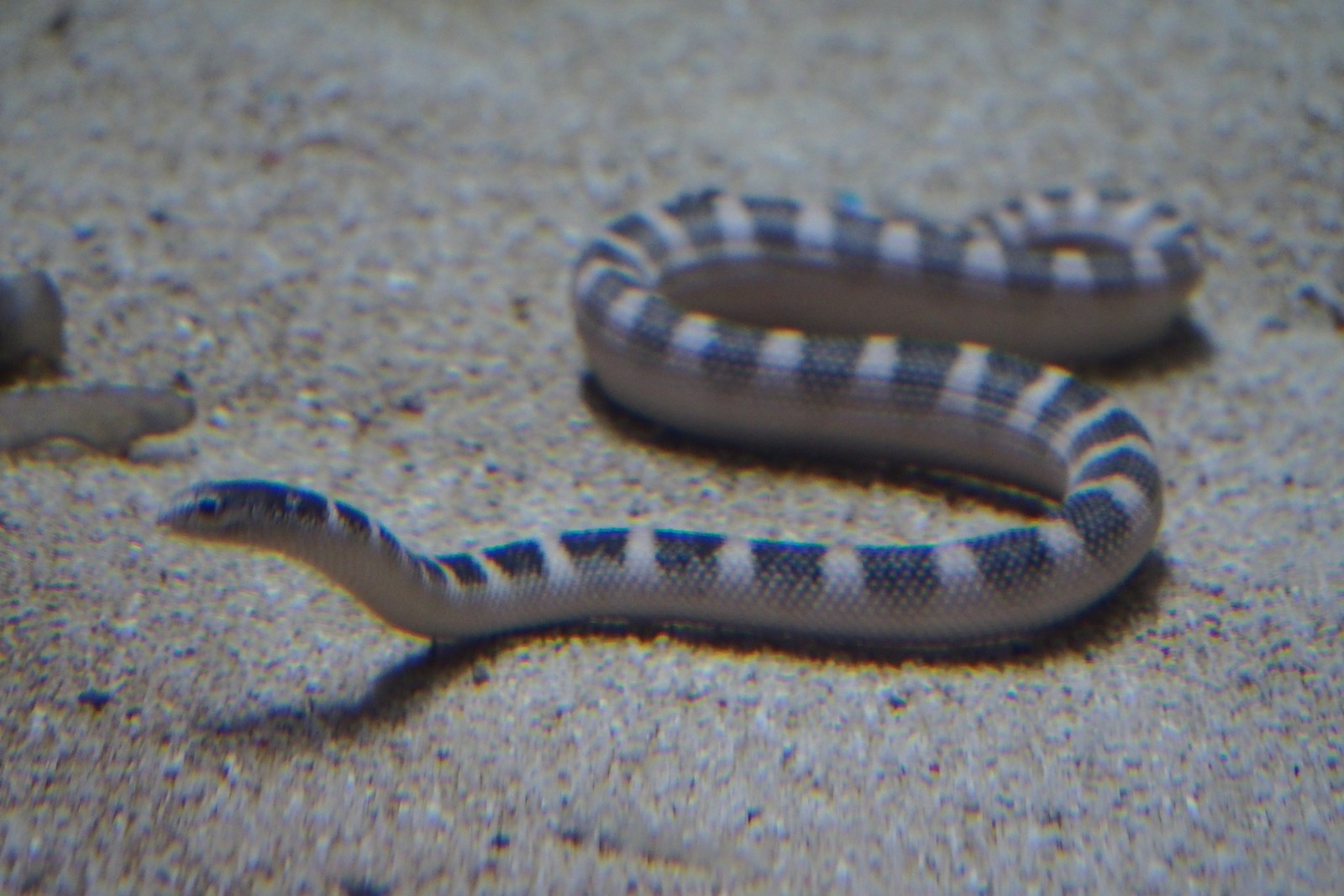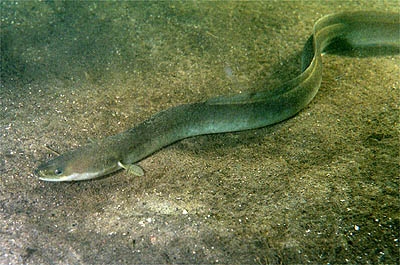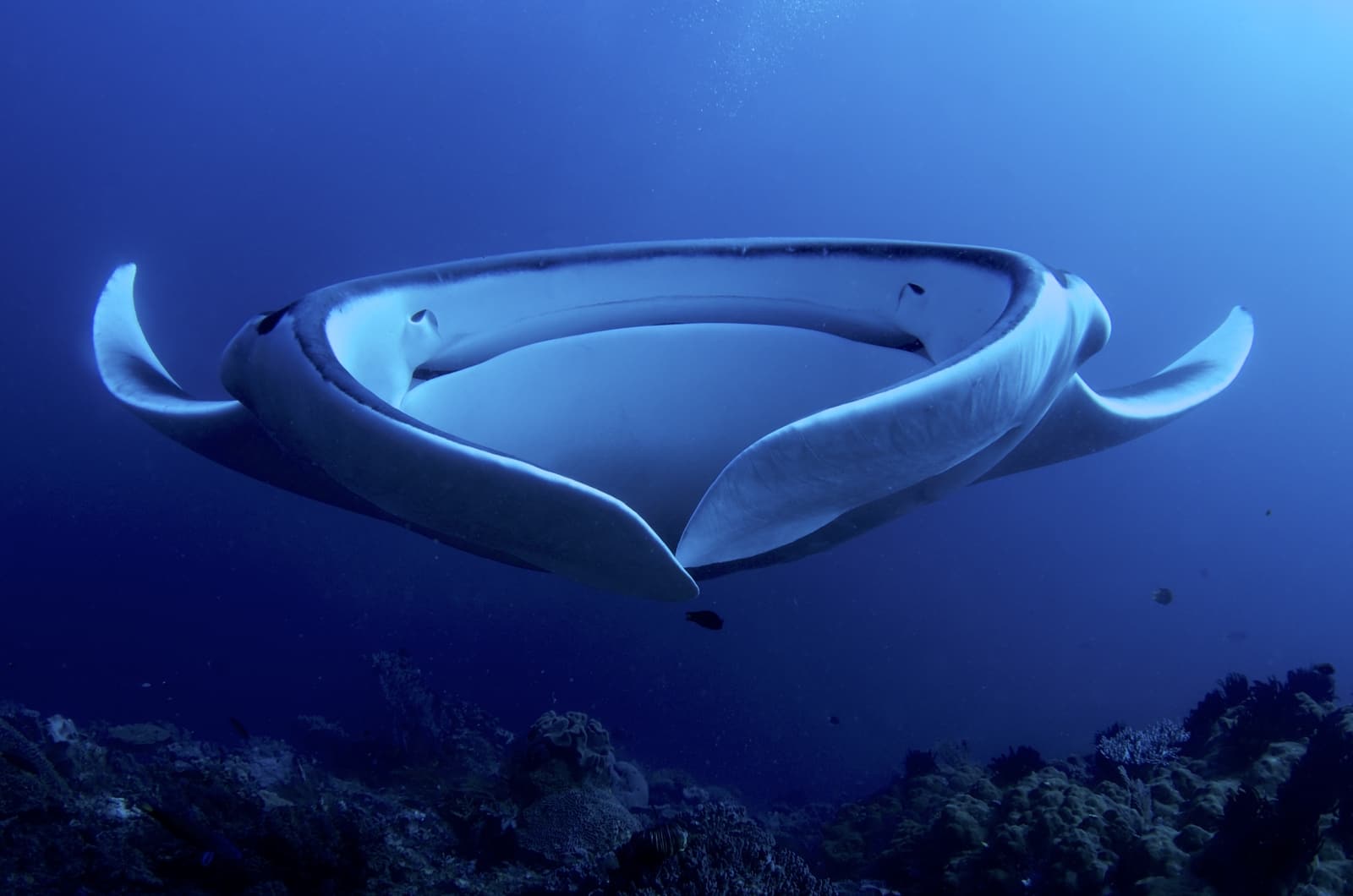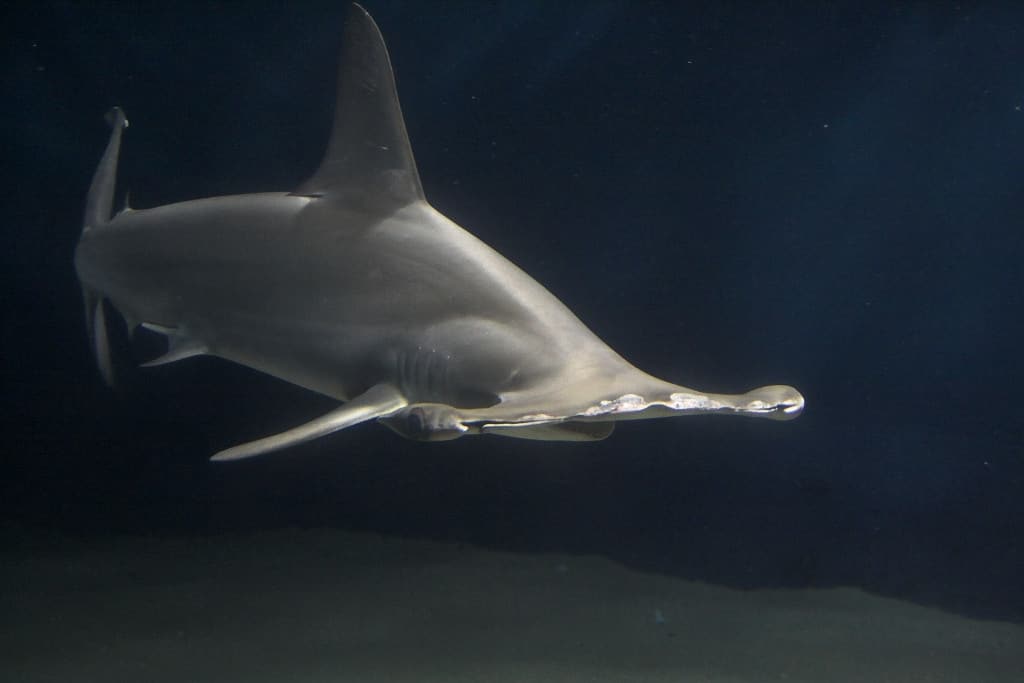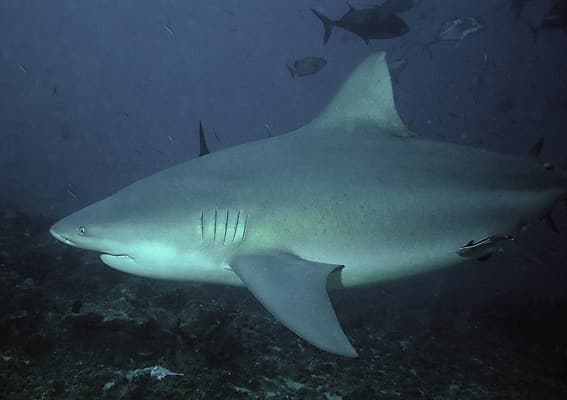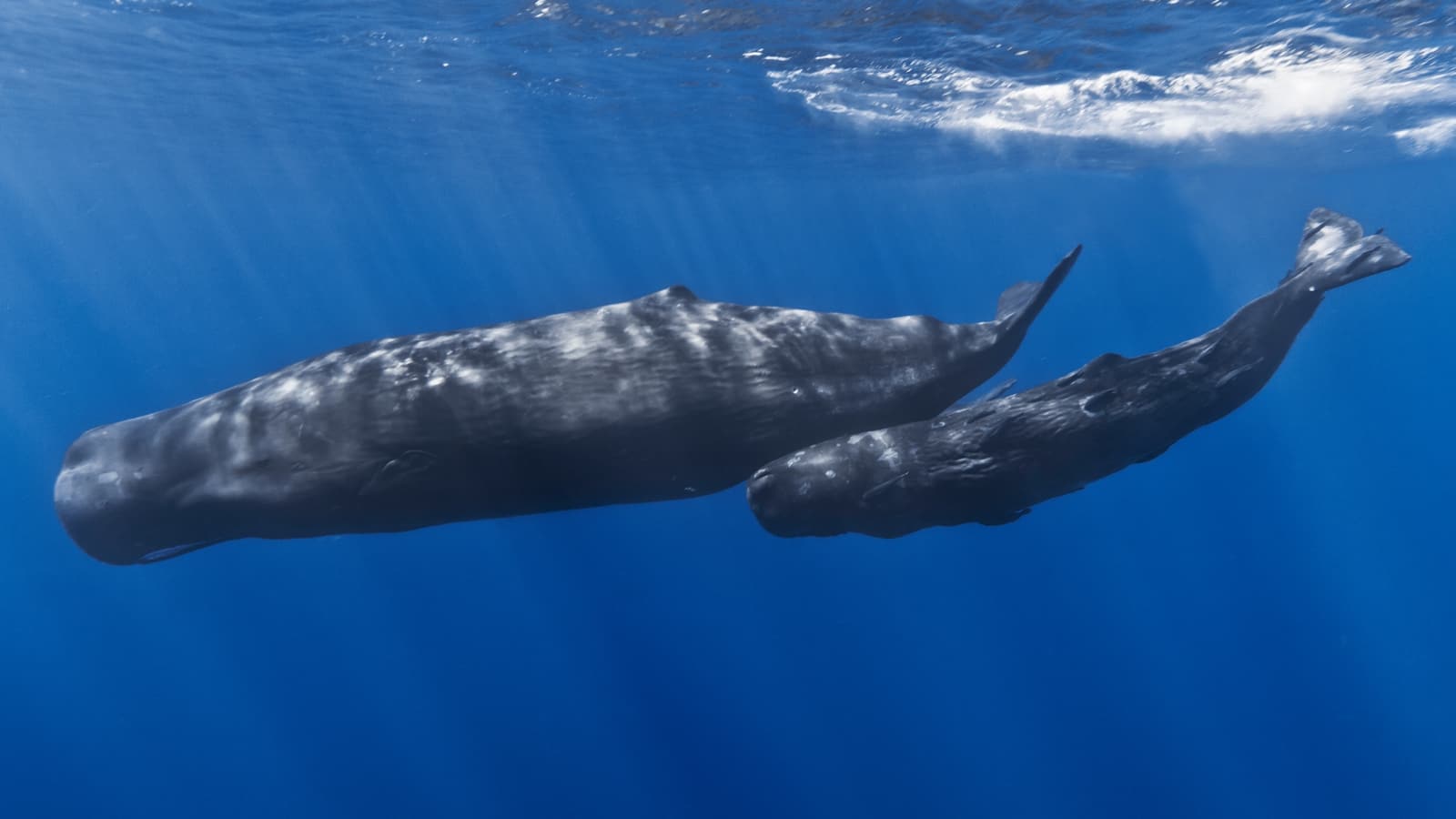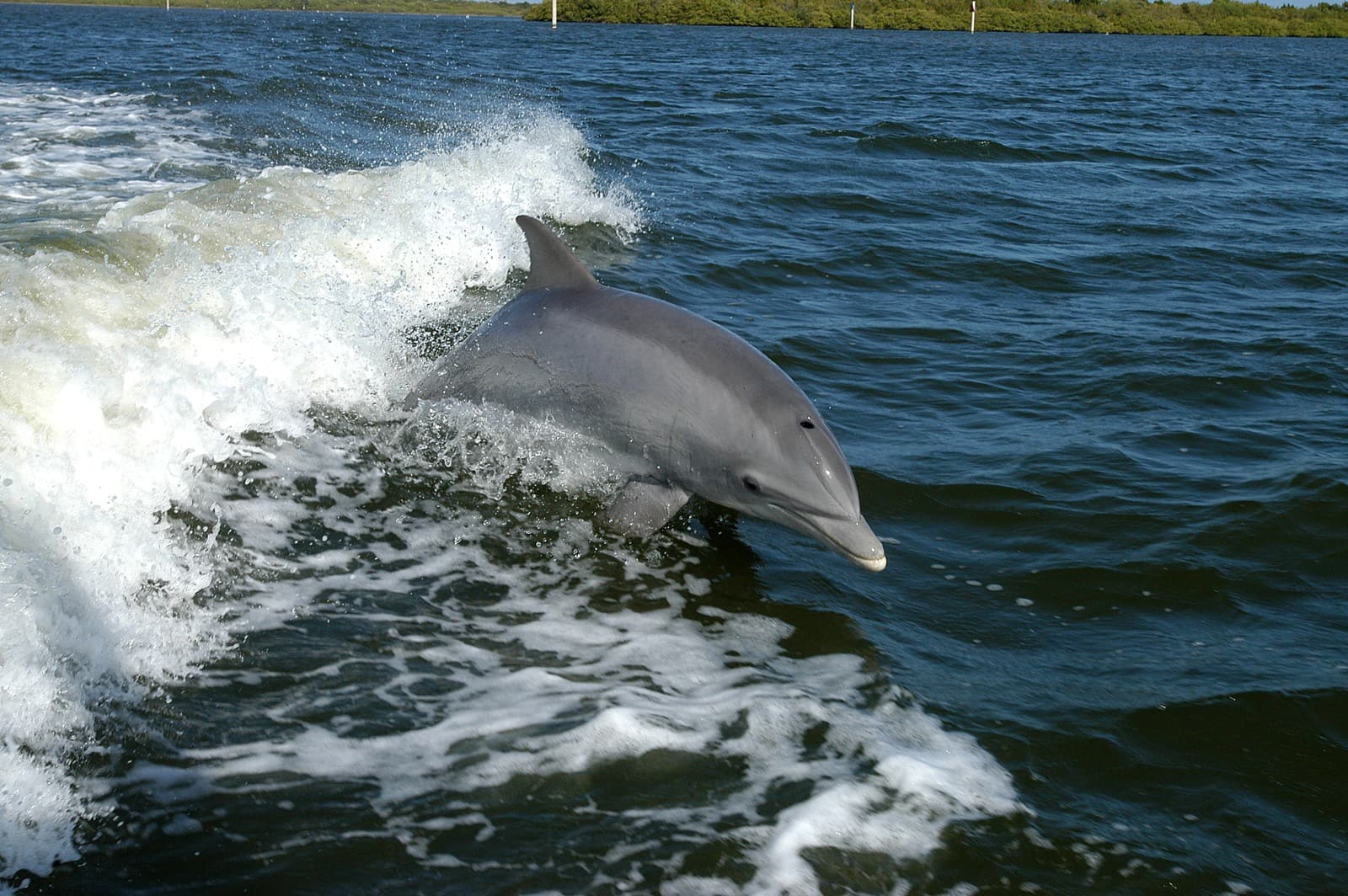Sloth vs Koala: A Complete Comparison
While sloths and koalas might appear similar at first glance – both being slow-moving tree-dwellers with specialized diets – these remarkable mammals couldn’t be more different in their evolutionary history and survival strategies. Sloths, native to Central and South American rainforests, spend 15-20 hours per day sleeping while hanging upside down, whereas koalas, found exclusively in Australia, sleep up to 22 hours daily in the forked branches of eucalyptus trees.
The key distinction between sloths and koalas lies in their classification: sloths are part of the order Pilosa (related to anteaters), while koalas are marsupials, carrying their young in pouches. Their size differences are notable too, with three-toed sloths weighing 8-10 pounds (3.6-4.5 kg) compared to koalas’ 13-30 pounds (6-14 kg).
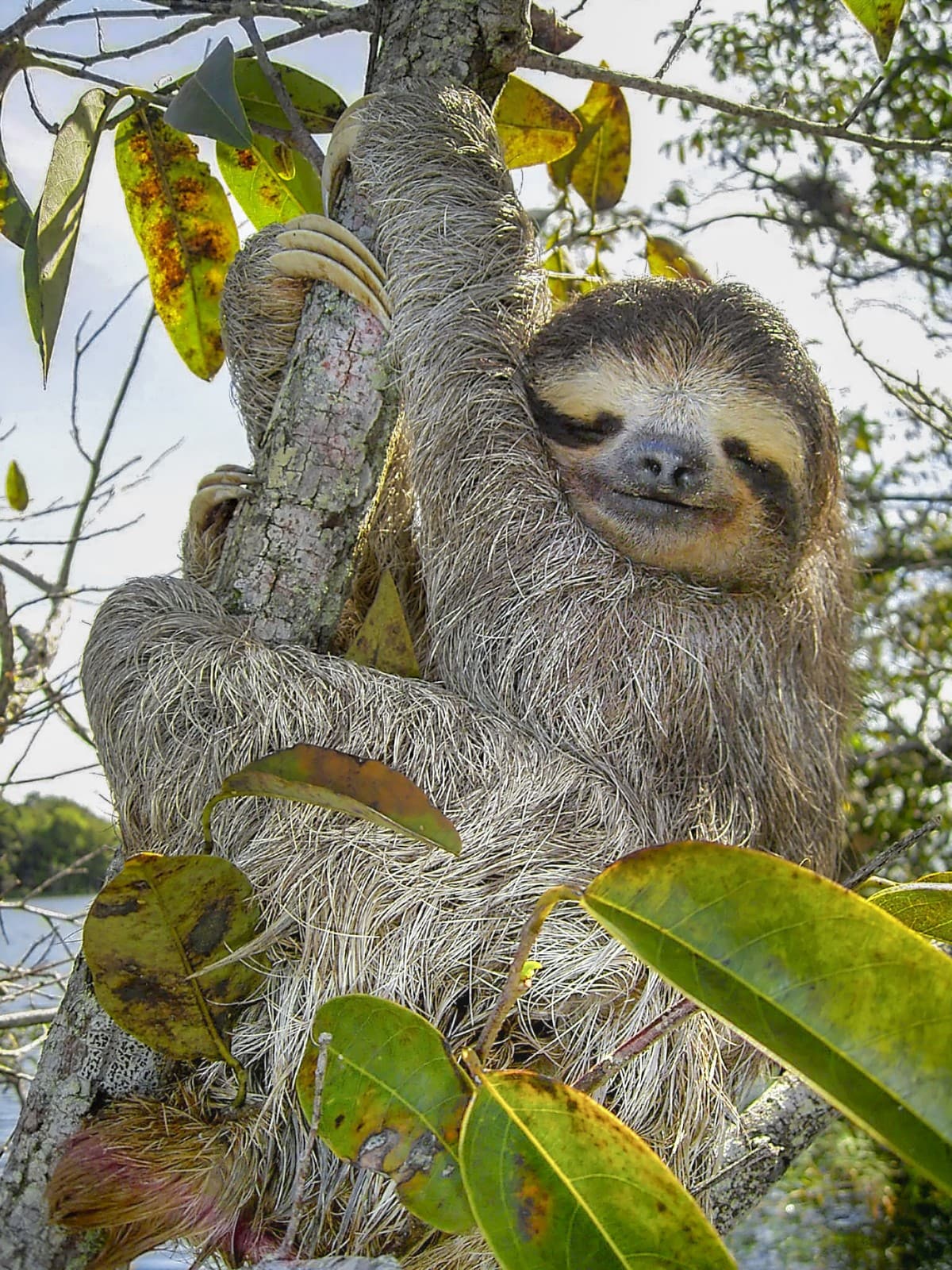
The three-toed sloth demonstrates its remarkable adaptation to canopy life, with specialized curved claws and a unique metabolism that allows for extremely slow movement and energy conservation.
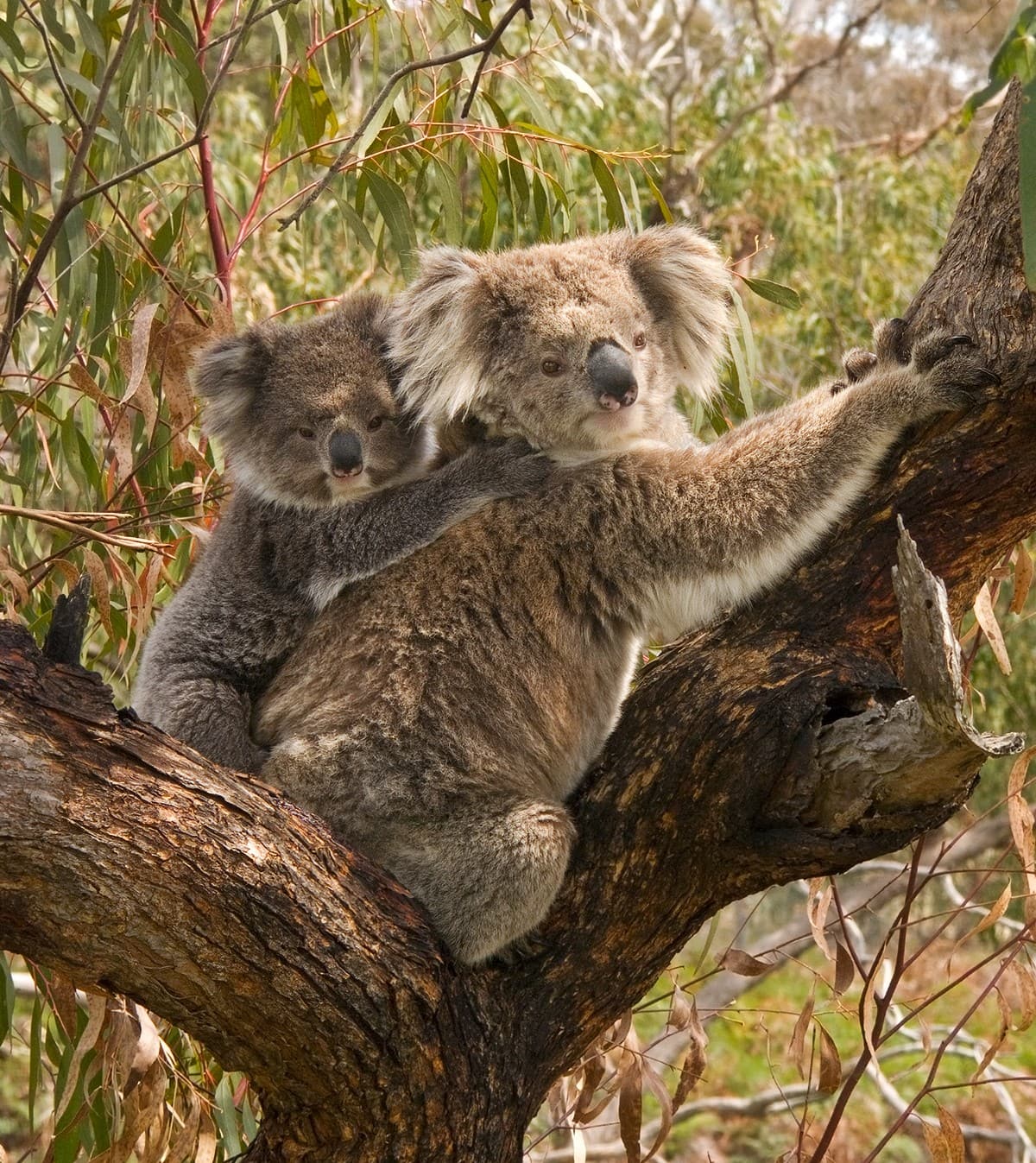
A typical scene showcasing the strong maternal bond between koala and joey, highlighting their specialized adaptations for life in eucalyptus forests.
Key Differences: Sloth vs Koala Comparison
| Feature | Sloth | Koala |
|---|---|---|
| Classification | Pilosa (related to anteaters) | Marsupial |
| Size | 8-10 pounds (3.6-4.5 kg) | 13-30 pounds (6-14 kg) |
| Diet | Various leaves, fruits, bark | Almost exclusively eucalyptus leaves |
| Sleep Duration | 15-20 hours daily | 20-22 hours daily |
| Habitat | Central/South American rainforests | Australian eucalyptus forests |
| Movement Speed | 0.17 mph (0.27 km/h) | 0.3 mph (0.48 km/h) on ground |
Habitat and Distribution
Sloths inhabit the tropical rainforests of Central and South America, where they spend their lives in the dense canopy. Their range extends from southern Mexico to northern Brazil, encompassing diverse forest ecosystems. Koalas, conversely, are found exclusively in Australia’s eastern and southern coastal regions, specifically where eucalyptus forests thrive.
Diet and Digestion
The dietary specializations of these mammals reveal fascinating evolutionary adaptations. Sloths consume a variety of leaves, fruits, and bark from multiple tree species, with their four-part stomach taking up to 30 days to digest a single meal. Koalas have evolved to process toxic eucalyptus leaves, which would be lethal to most other mammals, consuming 1.1-2.2 pounds (0.5-1 kg) of leaves daily.
Behavioral Differences
Sleep Patterns
While both animals are known for their lengthy sleep requirements, their sleeping positions differ significantly. Sloths sleep hanging upside down, secured by their powerful claws, while koalas wedge themselves into tree forks, using their strong thigh muscles and rough fur pads for grip.
Movement and Agility
Despite their reputation for slowness, both animals are well-adapted to their arboreal lifestyle. Sloths can rotate their heads 270 degrees and are surprisingly good swimmers. Koalas, while clumsy on the ground, are excellent climbers with powerful limbs and sharp claws.
Reproduction and Development
Sloth mothers typically give birth to a single baby after a 6-month gestation period, with the young clinging to their mother’s fur for 6-8 months. Koalas, being marsupials, give birth to highly underdeveloped joeys that continue developing in the mother’s pouch for about 6 months before emerging.
Conservation Status and Threats
Both species face significant challenges from habitat loss and climate change. Several sloth species are listed as vulnerable, while koala populations have declined by 30% in the last three decades, primarily due to habitat destruction, disease, and increasing temperatures affecting eucalyptus nutritional content.
Who Would Win in a Confrontation?
While neither animal is naturally aggressive or territorial, a theoretical comparison of defensive capabilities shows that koalas possess stronger limbs and sharper claws, potentially giving them an advantage in a defensive situation. However, such confrontations would never occur in nature due to their separate geographical distributions and peaceful nature.
Interesting Facts
- Sloth fur hosts symbiotic algae, providing camouflage and nutrients
- Koalas have fingerprints remarkably similar to humans
- Sloths can hold their breath for up to 40 minutes underwater
- Koala joeys eat their mother’s pap (specialized feces) to acquire gut bacteria needed for digesting eucalyptus
Both sloths and koalas represent remarkable examples of evolutionary adaptation, each perfectly suited to their specific ecological niches despite their seemingly similar lifestyles. Their unique characteristics and behaviors continue to fascinate scientists and nature enthusiasts alike, while their conservation remains a crucial concern for maintaining global biodiversity.

